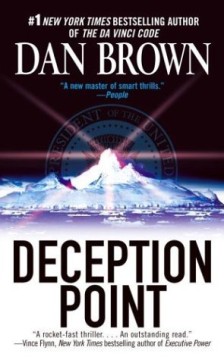
Rating: 3/4 (Good read)
Silicon Sky authored by Gary Dorsey is a non-fiction book that follows the creation of the Orbcomm Low Earth Orbit (LEO) messaging satellite. The author stayed with the satellite team for 4 years from its inception to launch.
By 1991, David Thompson, CEO of Orbital Sciences Corporation had tasted success with his startup company’s Pegasus launch vehicles for commercial satellite launches. The company now aimed for a new frontier: a low cost satellite messaging system. They planned a constellation of 24 cheap LEO satellites named Orbcomm for this. During this period, competition is hotting up with Motorola raising literally billions of dollars for its mega 66 satellite constellation named Iridium.
The book follows the day-to-day travails of the Orbcomm team, consisting of mostly fresh graduates from university as they try to build the world’s first commercial messaging satellite. The project was planned to be completed in just 1.5 years, but drags on for a full 3 years. During this period, the team is pushed to the extreme by faulty parts, changing requirements and increasing weight of the hardware. Some of the parts that they fashion for the satellite turn out to be ingenious hardware and software hacks necessitated by the failings of the commercial parts at that time.
In the climactic chapter of the book, even after 2 initial satellite launches in April 1994, they fail to respond to the earth station. The team works with almost no sleep for 2 months before they find the problem and fix it, thus bringing back Orbital from the brink of economic collapse. The company later launches all its planned satellites in the constellation. OTOH their competitor Motorola is heavily delayed and even though it finally launches its satellites, it goes bankrupt on its Iridium satellite phone system, not realizing the emerging potential of GSM global roaming agreements.
Gary Dorsey stays so close to the Orbcomm team that sometimes it becomes unbelievable that the book is not fiction. The workings of the management and engineers are covered in microscopic detail. However, the book is boring in some parts since the writing is not interesting. Also, there are just too many team members who are followed up in detail and it gets hard remembering who does what when they all come together. This is a good read.
Trivia: OSX is the name of the custom operating system running inside the Orbcomm satellites.
